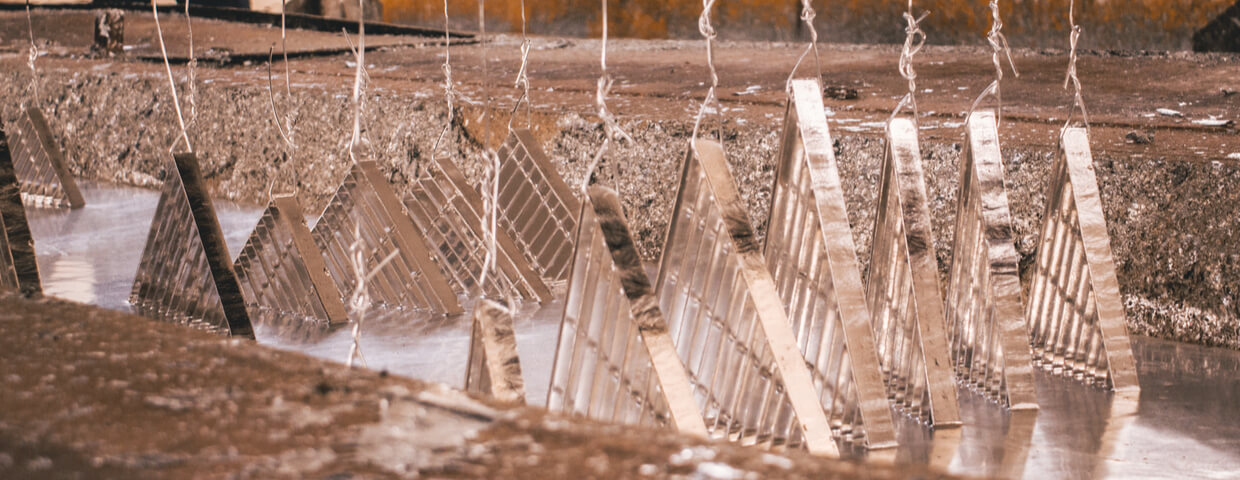
You have a lot of options when it comes to conformal coating: which type to use, what process to try, and what steps to take. It can all start to feel a little overwhelming after a while. Today we're here to make things a little easier by explaining one conformal coating option: dip coating.
In this article, we'll cover what dip coating is, what the process looks like, pros and cons of using dip coating, and some tips to help you ensure it's done effectively.
What is Dip Coating?
Dip coating is a process by which substrate material is submerged in conformal coating, then taken out and allowed to drip dry. Once the excess coating has drained, the substrate material is further dried using one of a variety of techniques, often baking.
Dip Coating Process
There are three essential parts in the dip coating process: immersion, dip time, and removal.
- Immersion is the first step and is exactly what it sounds like: immersing the substrate material in the conformal coating. During this stage, it's important to maintain steady speeds and smooth, unshaken conditions.
- Dip time refers to the time the substrate material remains immersed in the coating. Limiting movement is especially important during this step, or coating could become uneven and unreliable.
- Removal is the final step, and, in many ways, the most important one: faster removal will result in a thicker coating, so it's important to time things carefully.
Pros and Cons of Dip Coating
Dip coating is a simple, reliable, and powerful option, capable of coating almost any substrate material, but it also has its weaknesses. These include unbalanced coverage (varying thickness across the surface of the material), or coating buildup (which is created as the material "drip-dries").
Dip Coating Tips
To make dip coating as safe and effective as possible, keep these tips in mind:
- Make sure the machinery and the substrate material are free of dust, debris, and oil.
- Work ahead of time to make sure you know the withdrawal speed, coating thickness, immersion time, and speed necessary for your job.
- Try positioning the substrate material so excess coating drains at a corner, avoiding buildup along an entire edge.
Read more:
Looking for a coating provider? We'd love to help! Learn more about Advanced Coating.



